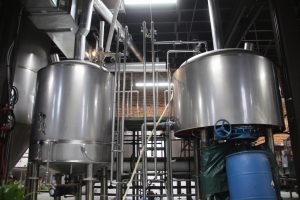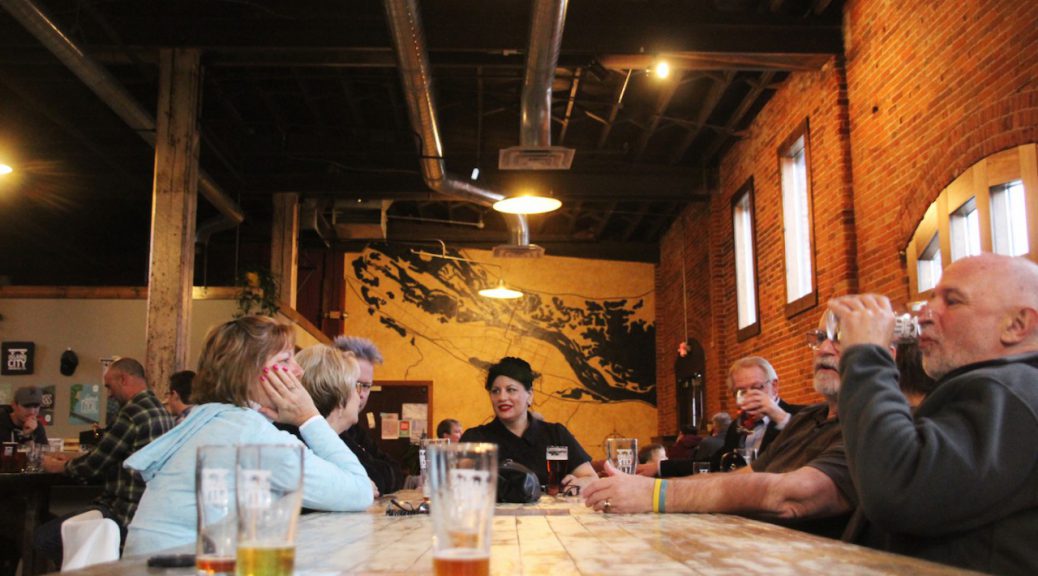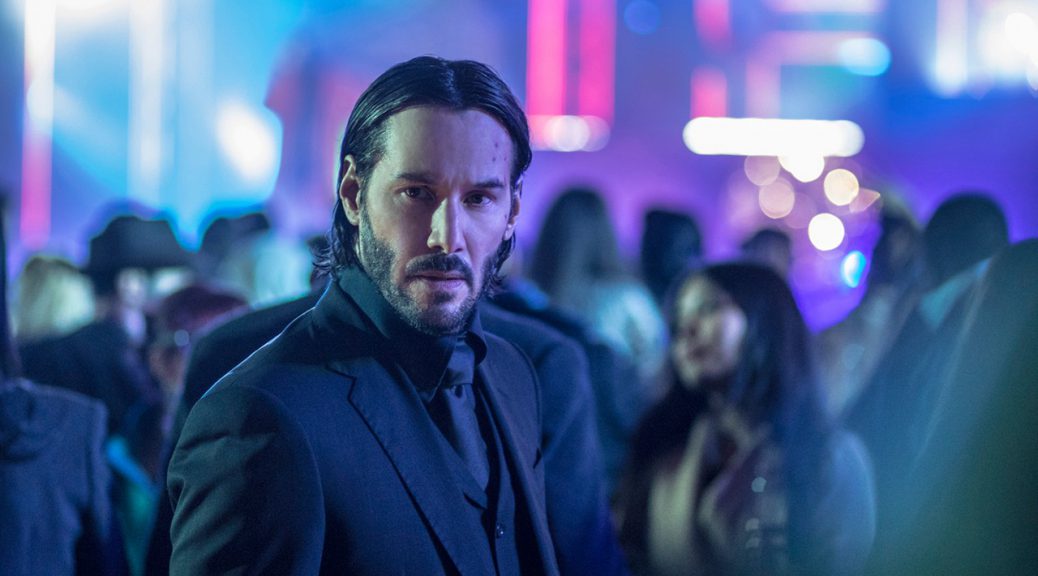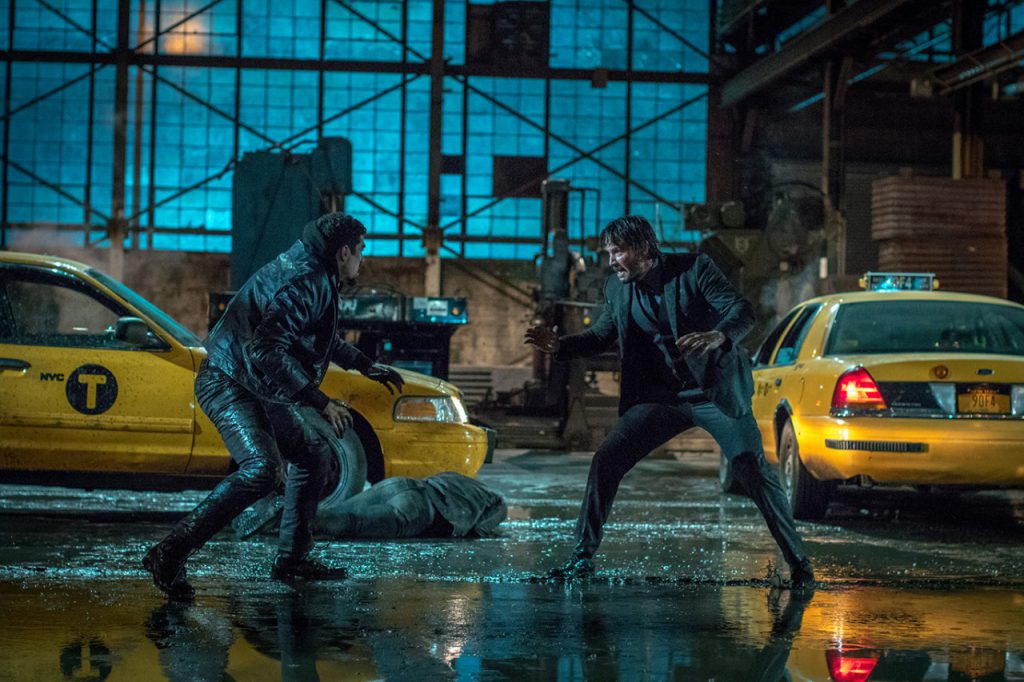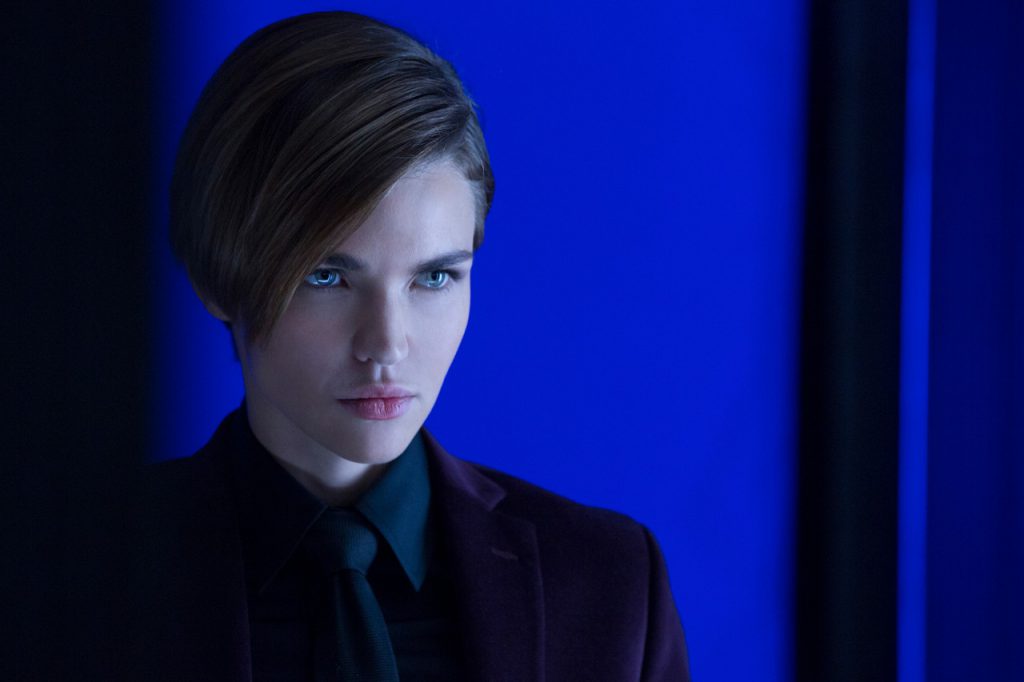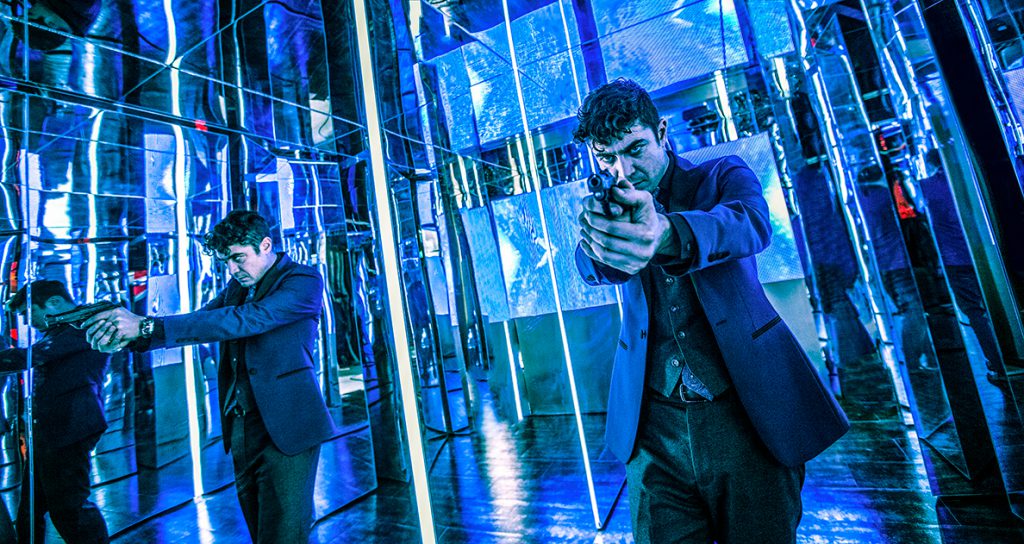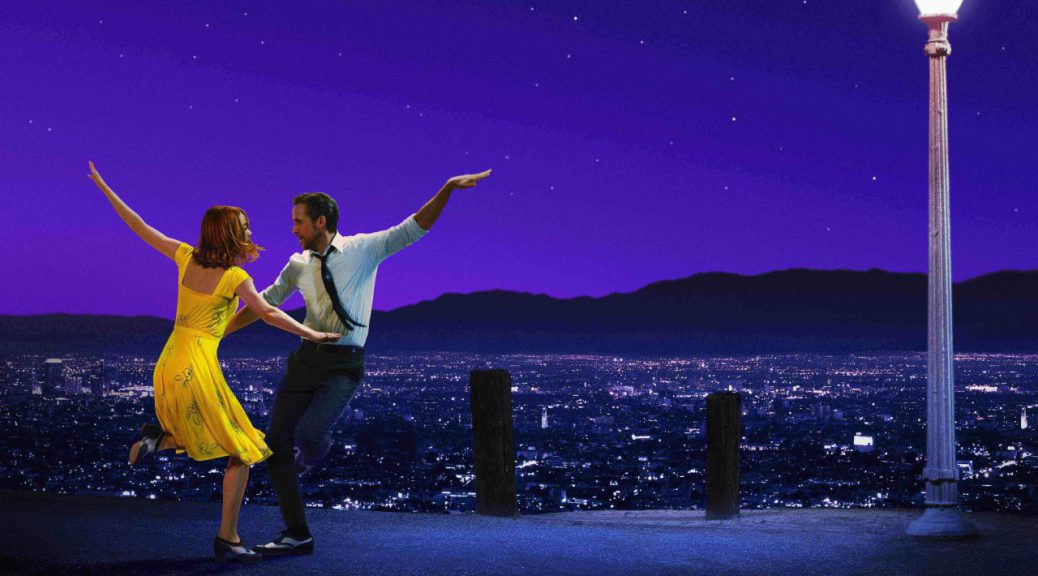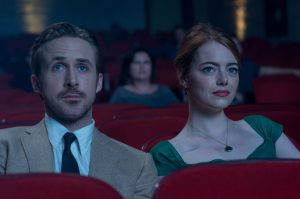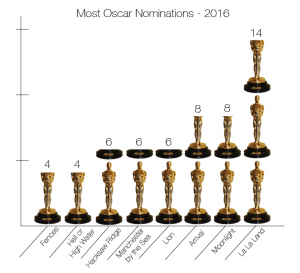By Sara Tiradossi
Simplicity and uniqueness are at the core of the new Island City Brewing Company’s philosophy.
Simple in design and original in beer choices, the brewery has been a venue for Winona residents, since it opened on 65 E. Front Street on Friday, March 17.
I was able to attend the brewery on a Thursday afternoon; at a time people decide to buy a beer after work, as a study break or to just relax.
Colton Altobell, owner of the brewery, welcomed me and offered me a beer of my choice. With his short but right to-the-point description of each beer, I picked the one I thought I would enjoy the most, called the ‘High Forest.’
While we were chatting, I also noticed four posters hanging by the taproom that characterized each beer. It definitely helped me to make my choice.
The beers at the brewery are full of personality – whether it is a light or dark ale.
Altobell said the original idea was to offer a range of flavors that would allow both beer lovers and beginners to find their own favorite drink.
“We create a variation of styles, unique to our brewery,” he said.
Their choice of flavors tries to meet seasonal demands too. At this time of the year, Altobell said it is more appropriate to offer lighter beer, compared to a fall season that will see darker color in prevalence. To him, it feels instinctual to make these considerations.
Since the opening, the IPA style beer, the current most popular style of beer, has been the most consumed at the Island City, Altobell said.
I thought the detailed menu guided customers through their decision. The beers are divided into styles, alcohol by volume content, availability, malt and hops and there is also a description for each kind, with suggested food pairings.
The menu referred to Latsch Local as a California Common style of beer, with firm, grainy maltiness and caramel flavors that give it a fruity taste. Altobell said Latsch Local is a light ale with a cold press coffee flavor in it.
Typically, coffee beer is darker but the one at the brewery is lighter. I could taste the coffee right away, and the beer afterwards. It was an unusual experience for me, and I through the two flavors did not go well together.
The Lost Compass beer is an IPA style, with an alcohol by volume content of 5.2 percent, a northwest pale malt and different kinds of hops. The beer is described as balanced, layered with depth and character, releasing something new with each sip. I liked it more than the first one, and thought it left a strong sour flavor in my mouth.
The third choice, and the one I picked, is the High Forest, a red ale style beer, light in alcohol and calories, with an alcohol by volume content of 3.5 percent and pilgrim hops. The description said the beer emerged on the idea of the color red, and the red ale delivers “supreme refreshment in the simplest way possible.”
Sometimes, I find myself having a hard time finishing a whole beer, but the red ale was definitely simple in flavor and easy to drink.
For the last choice, the Moonlight White, Altobell warned me I would taste a bitterness flavor.
Traditionally, Altobell said this beer is served with fruit or herbal syrups for added sweetness and complementary flavors. The bitter flavor, he added, comes from the hops, which give aroma to the beer.
The beer is a Berliner Weisse style, with an alcohol by volume content of 5.6 percent, pilgrim hops and wheat malt. It is described as a northern variation of the white beer style enhanced with complex flavors of stone, fruit and citrus.
Half of beer drinkers like the Moonlight White and half do not, Altobell said.
I had a chance to try the last beer with an additional cranberry juice flavor, and I thought it was too sweet with the extra flavor.
“It just depends on how you’re feeling. This is supposed to be a fun experience,” Altobell said.
When someone comes in the brewery, Altobell said he talks to the customers and tries to recommend a kind they would enjoy. Sometimes, people change their minds on a specific flavor, as they explore their options.
After sampling the beers, I was glad I chose the smooth, simply flavored red ale.
Half way through my beer, I watched Beertender Jovy Rockey serving customers at the counter and cleaning up the empty beers on the tables. Beer glasses of all sizes were set on the back shelves of the taproom, which Rockey kept filling as customers were coming and leaving.
When Altobell was thinking about a name for his brewery, he wanted to conjure a positive connotation and said Island City connected with the history of Winona, which used to be referred to as the Island City.
In the past, Winona was home to a brewery called Bub’s Brewing Company, Altobell said. It closed in 1969, and later the building was turned into an antique store.
“Breweries have always provided a product local people can enjoy,” Altobell said. “It’s deep rooted in Winona’s history.”
Growing up in town, Altobell was aware of the needs of the population, and thought Winona would be a perfect place to open a brewery because beer is a well-consumed product in the area.
He said a varied population of students, locals and tourists who pass through town would enjoy local products. By talking to a few residents in Winona, he saw the opportunity to do something different and create a place for gatherings and events.
Before starting the brewery, Altobell ran a youth summer camp for 10 years in Northern Minnesota, where he connected with his partner Tommy Rodengen, who had been involved in the brewery business for a while. After camp, Altobell worked in the Twin Cities in a few breweries.
While he was defining his business plan with Rodengen, Altobell said they had a complementary skill set that would work well if they started a business together. The two spent six months doing market research and finding the equipment they needed.
“Where Tommy had learned the brewing process, I picked up more on the operations side and the tail end of the brewing process, packaging and carbonating,” Altobell said.
One of the biggest issues was finding a place that was spacious enough to fit all the tanks where beer is produced and a taproom. The building itself, he said, has a lot of character on its own. His team tried to expose the building back to its roots and make it a warm and welcoming environment.
With the renovation, Altobell said he was able to put together with his partner a space that conveyed both a sense of antique with the wooden tables and the use of bricks, but also a sense of strong place in Winona.
“I wanted to feel connected to the history of beer and brewery of the town,” Altobell said.
The wood and the soft light are additional details to make the space feel more comfortable. Some people play cards while others study or spend time with friends.
“We didn’t have a specific mindset,” Altobell said. “We wanted to create something that would fit.”
When I first walked in, almost every table was full. The light was filtering through big square windows that afternoon, warming up the room. Soft music playing in the background was a lovely addition that allowed guests to talk while enjoying their beers.
An hour later, the tables were all taken, requiring some guests to stand by the taproom. A couple of young men were playing cards while a group of five people sat down the longest wood table in the center of the room. An older man who was part of the group said they had just left a funeral, to explain why they were wearing black.
The design of the room was balanced and logical: the owner made all of the uses of a brewery fit in one space. While workers produce the beer at the end of the room, guests in the taproom taste the final product of that work.
The space gave me a sense of order and cleanliness. There were a few small vases on the windowsills and the right amount of tables for both customers and workers to easily move through the room.
I was also caught by the well-thought proximity of the bricks with the adjacent wall that showed a hand painted map of Winona. It made the entryway look more inviting. The contrasting vibrant red tones of the bricks and the warm tones of the wall seemed like a perfect combination of colors to convey that sense of antique, and relaxation.
It seemed to me as if I was brought back in time.
When I went back to the brewery on a Friday night, the atmosphere was different. More than 50 people were talking. Some were standing and others were sitting in groups. In the back of the room, I noticed a buffet and some cupcakes and later found out most of the people were celebrating a birthday.
Customer Irina Holahan said it was her second time visiting the brewery and she had already tried all the beers. On Friday, she was with her husband and a group of friends from work, who had not been to the brewery before.
“I can really find myself here. I like that it’s different from the typical bars downtown,” she said. “Winona needed a change.”
Customer Bradley Larson was at the brewery on a weekend and said he wanted to play some games but the room was busy and he was not able to use them.
Larson added the brewery could have offered food options, and he thought there were not enough choices of beers.
“They only have four as of now, but I would expect that to change as they gain a better footing, especially during fall and winter, at a time different types of beers are brewed,” he said.
That brought me to thinking small food options could accompany the beers and make the experience even more pleasing.
Because it was more crowded than Thursday, waiters were collecting empty glasses and washing them non-stop through the night. Some customers were placing their empty glasses with a pile that had accumulated on the end corner of the counter of the taproom.
As Altobell was going over the brewing process, he said beer is made with four basic ingredients: water, grain, hops and yeast. From those four ingredients, it is possible to produce an endless variety of products, he said.
Altobell said beer making requires a lot of treatment and his team is careful with all steps of the process, such as water treatment, boiling and fermentation. When the grain has been milled, mixed with hot water and the sweet wort has been separated from the grains, fermentation begins. During this step, the yeast will convert the sugar into alcohol and carbon dioxide. Carbonation will then naturally occur from fermentation.
Island City Brewing Company Cellarman James Scudamore is in charge of parts of the brewing process, such as the monitoring of the yeast and fermentation. He has helped Altobell since October, when they were renovating the place.
“I enjoy working with the guys. I’m always open to new ideas and experimentation,” Scudamore said. “It’s nice to be able to work in this environment.”
Four people work on the production site, he said, and six on the taproom.
The taproom is Winona’s space to use for meetings, artists and music events, Altobell said.
Without a TV in the room, Altobell wants his brewery to become a place where people can commune with each other, talk, study and relax. The music is quite low, similar to a coffee house in a way, he said.
Through April, the brewery will be a venue for Mid West Music Fest and have more music on the weekends during daytime.
During the following months, Altobell plans to expand his choices of beers to eight and create an established landmark place in Winona. His hope is to be able to distribute the beer in liquor stores, bars and restaurants and expand his mark out from Winona in nearby areas as well.
Altobell said, “We have the capacity to brew a big volume of beer, more than we can consume.”
The Island City Brewing Company is an ideal place for a town that welcomes a great beer culture.


